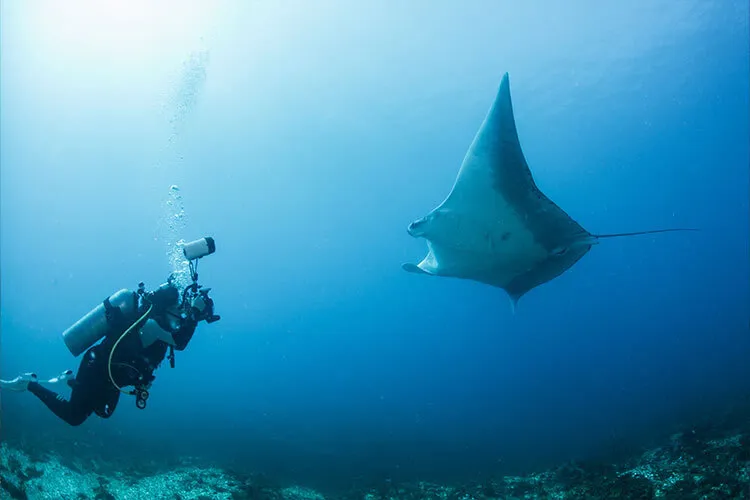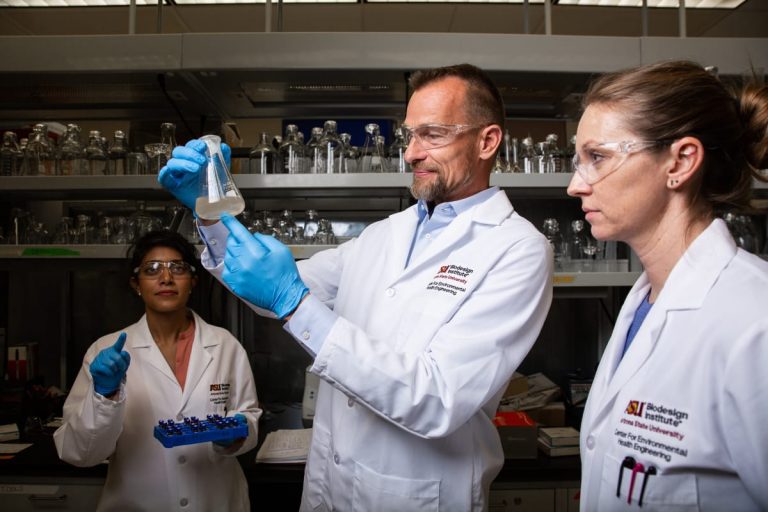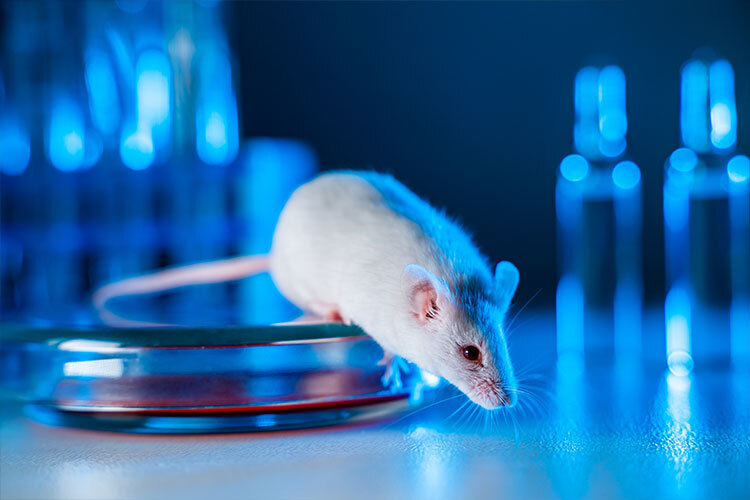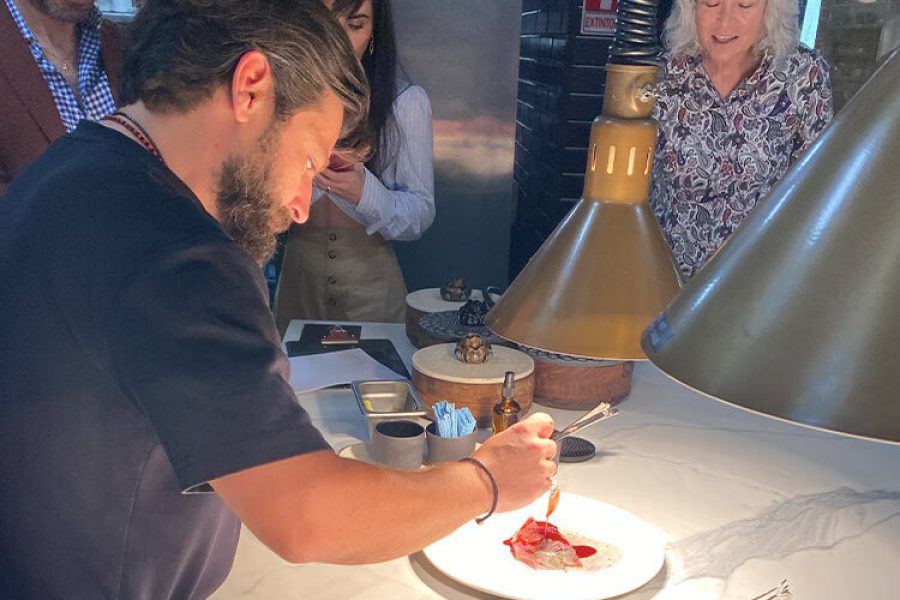They glide through the ocean as if floating on invisible waves, they have been studied, and they have even been depicted as cartoons, but the reality of manta rays, particularly the Giant Manta Ray in Mexico, is far from a happy one.
Its conservation brings together scientists and experts who are fighting tirelessly to save this endangered species.
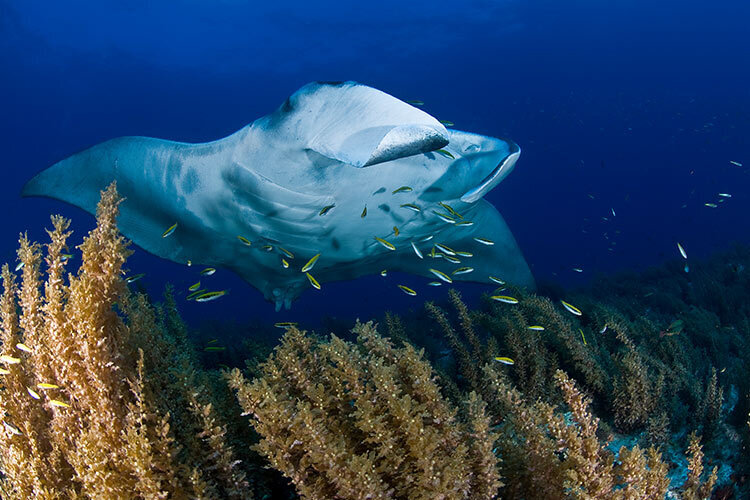
Manta Rays an Endangered Species
By 2009, the Office of Environment and Natural Resources (SEMARNAT), declared the establishment of a natural protected area in the Caribbean for some marine species, including manta rays, and in 2019 they were declared an Endangered Species.
However, a 2008 investigation raised an unanswered question: are there two recognized species in the world also living near the Mexican coasts, but could there be a third, unidentified species that appears physically similar to the other two?
This led Silvia Hinojosa, a researcher at the Core Lab Genomics of Tec de Monterrey, to embark on a collaboration project with Jane Vinesky, a researcher from the Marine Science Center (CICIMAR) at the National Polytechnic Institute (IPN). Their goal was to demonstrate the existence of this third species and to emphasize that conservation efforts should be tailored specifically to it.
How can one manta ray be distinguished from another when their appearance, behavior, and feeding habits are similar? Genomics might be the answer.
A New Species
Silvia Hinojosa’s study on the Giant Manta Ray began in 2008 when the species did not yet have a conservation status, although fishing was already prohibited.
There was a need for more biological knowledge or exact data regarding this species in the Caribbean area at the time.
The early years were spent trying to understand manta ray behavior using stable carbon and nitrogen isotopes to establish what the Caribbean manta rays typically fed on, finding that although manta rays feed mainly on plankton they have a preference for crustacean larvae.
There were and still are two populations of Giant Manta Rays in Mexico, one in the Revillagigedo Archipelago in the state of Colima and the other in the Caribbean in Yucatán, near Holbox Island. Initially, these populations were believed to be of a single species: Mobula birostris.
However, this notion was quickly put into doubt, leading to the potential of not only two distinct population groups but two different species: Mobula birostris and Mobula alfredi, which were later recognized.
“Our project began in 2008 by observing the feeding habits of manta rays: plankton, a diverse group of small creatures ranging from fish eggs to crustacean larvae. Their eating was initially oceanic, but as the season advanced, it became more coastal. This gave us an idea of how manta rays moved in the Caribbean area,” Hinojosa explained.
For Tec’s researcher and her team, who discovered morphological differences in reports about this species in the Atlantic Ocean, this was the first piece of the puzzle.
They discussed the possibility of a third species with their crew. As a result, scientists collected manta ray samples, tagged some to trace their geographic movements, examined water and other environmental factors, and observed and took photographs.
However, there were challenges at the time that could not be overcome until a few years later, a time when Jane Vinesky and the volunteer photographers also joined the effort for the preservation of manta rays one photo at a time.
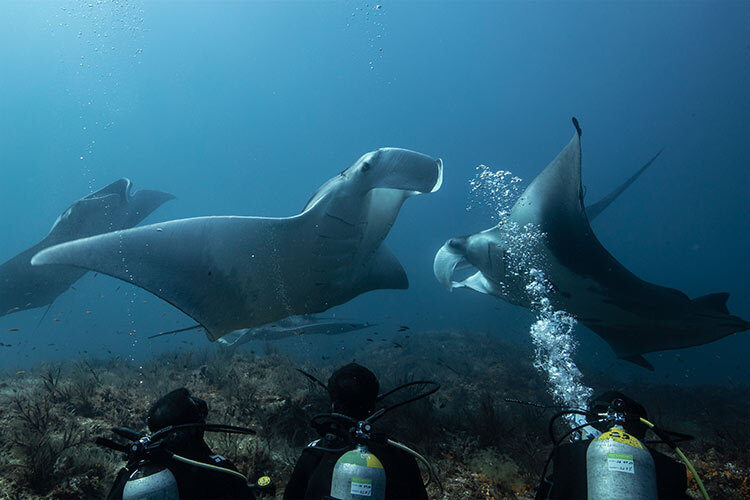
Another Way
Hinojosa states that describing a complete species would require dissecting and studying an entire organism, therefore they rejected this technique and came up with an alternative way based on genomics.
This procedure included collecting samples from manta rays without harming them in order to detect and evaluate genetic differences. However, the technology to do so was overly costly at the time, and the research was put on hold.
The collected samples were securely stored at the Institute of Marine Sciences and Limnology at the National Autonomous University of Mexico (UNAM).
Another conservation effort, focusing mainly on photographic studies of Manta Rays, was launched in 2011 with Jane Vinesky as a collaborator.
“This is very beneficial because we can begin to understand the movements of manta rays through images. For example, if a manta ray is observed in one location and then in another three years later, we can learn how they use different places,” Vinesky added.
Also, in 2016, Hinojosa and other researchers published a study on the possibility of a new species, supported by the evidence they had collected and studied for years.
A New Opportunity to Obtain DNA from Manta Ray
More than a decade after the research began, a new chance arrived in 2021 with the establishment of the Core Lab Genomics, a genomic sequencing lab at Tecnológico de Monterrey. This allowed Hinojosa to restart her study.
Vinesky and Hinojosa are currently collaborating on two fronts: they observe and photograph Caribbean manta rays, and they analyze new samples in addition to those already kept in the Core Lab.
“The more you know about a species, the better you understand it. Determining the existence of a new species would give it a different conservation status,” Hinojosa explained.
To understand the characteristics of the species, DNA is extracted and the genomes of the samples are sequenced in the lab. This previously expensive and difficult method has become more feasible.
Scientists and volunteers must go into the sea and swim with the manta rays, gathering skin samples from the animals and documenting encounters with images and videos.
Satellite Record
Similar to piercings, Satellite tags are also attached to the manta rays. When manta rays go to the surface, these tags provide satellite signals with location information.
Furthermore, underwater receivers with acoustic markers are used. The manta rays are implanted with a microchip and when they pass close to a receiver, it collects their depth, temperature, and other relevant data.
“With the Core Lab, I was able to sequence the mitochondrial genome – a genome transmitted only by the mother – and see differences with just a few genes. I’m hoping that this will help differentiate the two populations and prove that they are indeed a different species from the two already identified,” Hinojosa said.
The project’s goal is to collect knowledge and develop a manual with recommendations for the government and local populations on how to preserve the manta ray habitat, which is shared with other species such as the Whale Shark.
It would also include advice for people in charge of tourism in the region to avoid collisions, injuries caused by boats or catamarans, and other environmental damage.
“Obviously we want to publish papers because that is how we share knowledge with the science community but we also want to have an impact on how animal protection is managed”, Vinesky said.
The results of the research, particularly the identification and modeling of manta ray communities, will soon be published.
The multimedia footage will also be utilized to construct the Mantaverse, a digital environment aimed at raising awareness about the need to care for the ocean and the efforts made to protect it.
